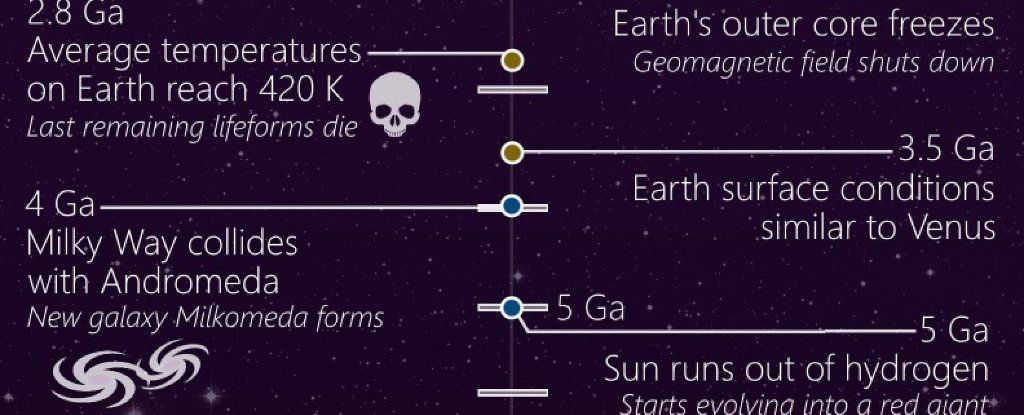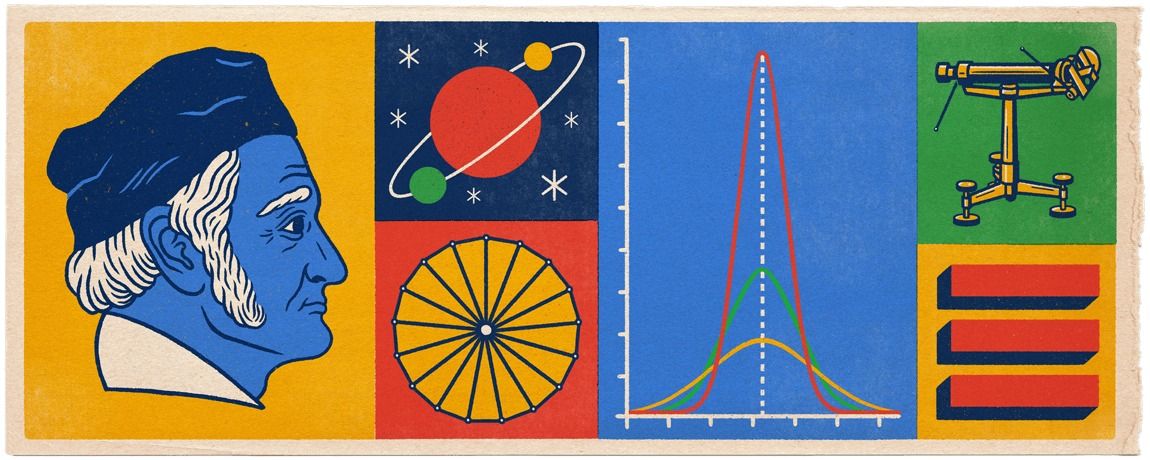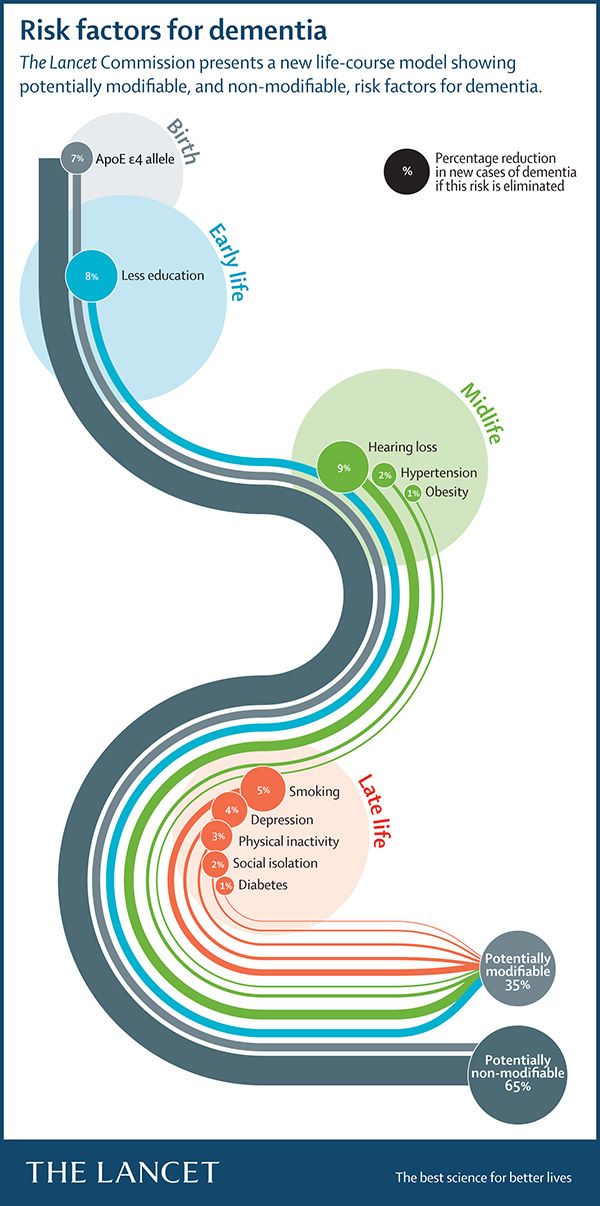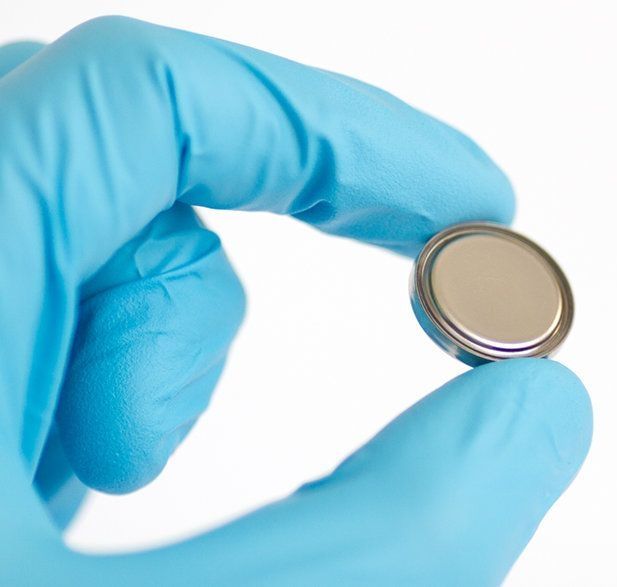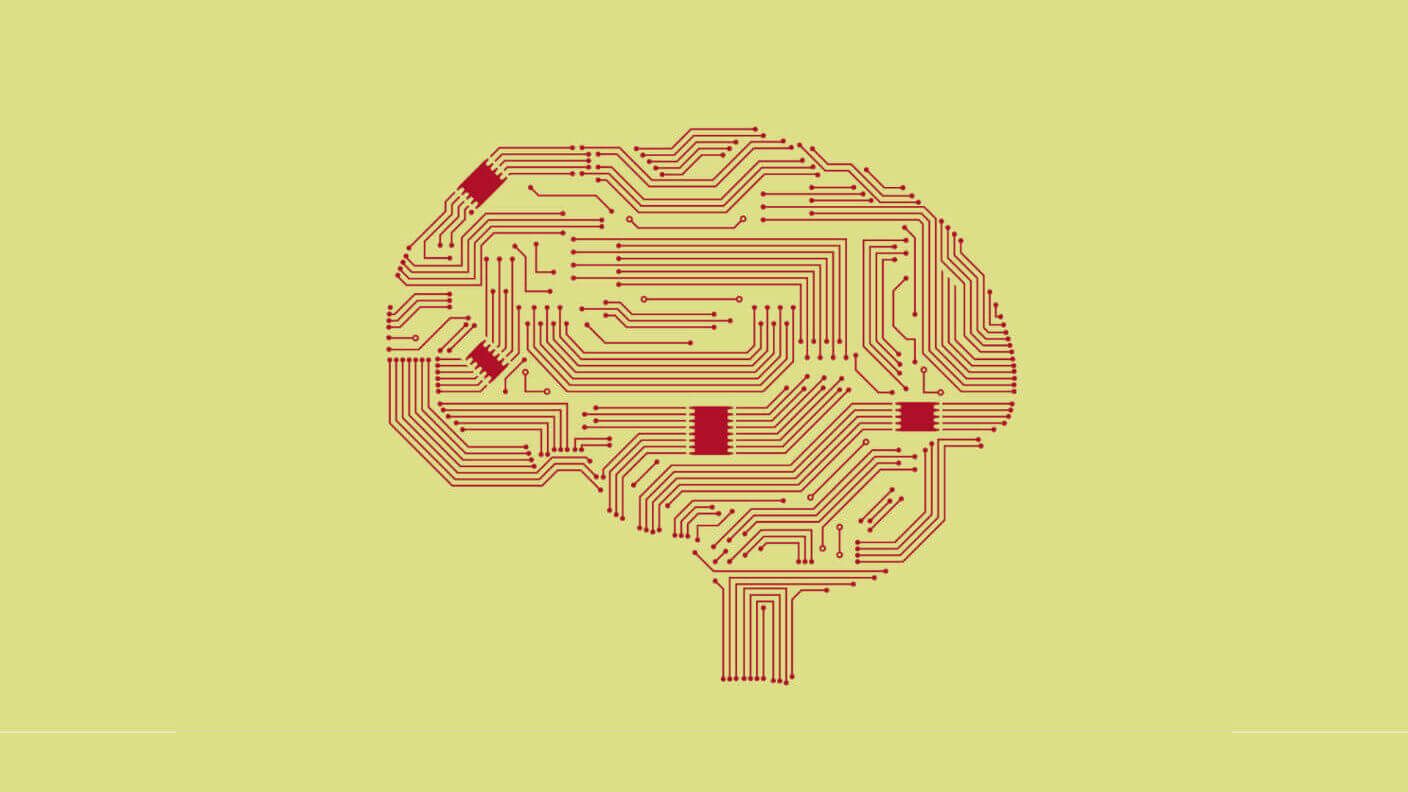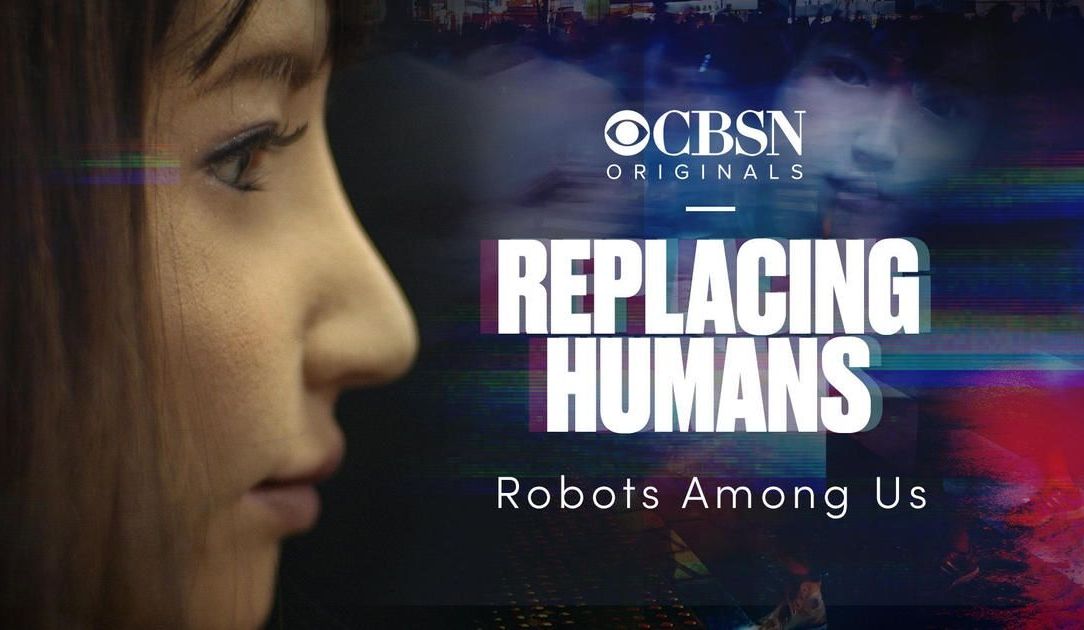Apr 30, 2018
Stuff 3.0: The Era of Programmable Matter
Posted by Klaus Baldauf in categories: biotech/medical, robotics/AI
In a few seconds flat, you’ve gone from a neatly-equipped office to a home cinema…all within the same four walls. Who needs more than one room?
This is the dream of those who work on “programmable matter.”
In his recent book about AI, Max Tegmark makes a distinction between three different levels of computational sophistication for organisms. Life 1.0 is single-celled organisms like bacteria; here, hardware is indistinguishable from software. The behavior of the bacteria is encoded into its DNA; it cannot learn new things.
Continue reading “Stuff 3.0: The Era of Programmable Matter” »

